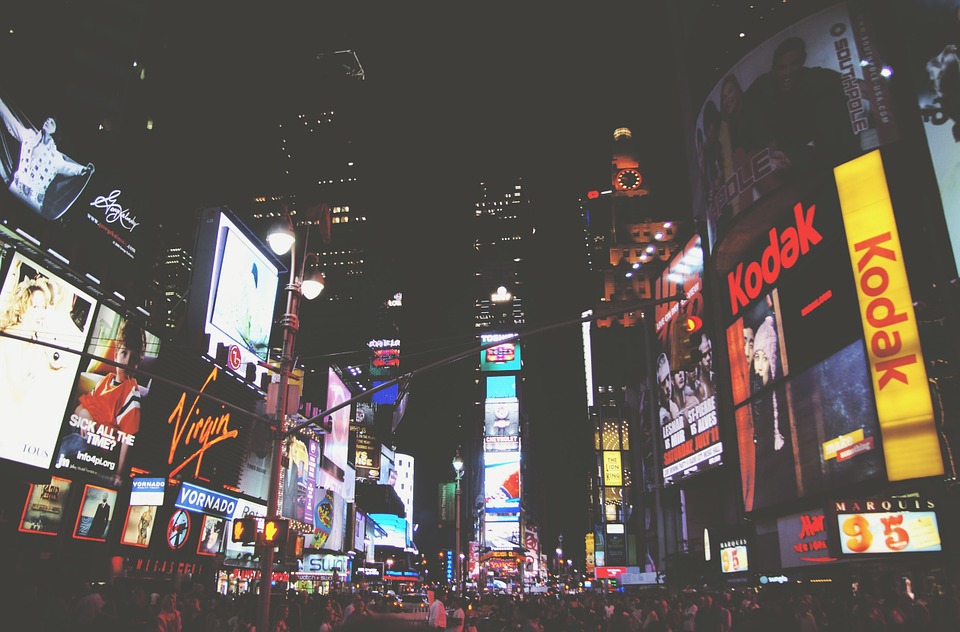14+ Vector Billboard Examples to Download
In the business world, those who are not known are parallel to having less profit. Hence, companies strive hard in order to establish a branding in the market. Most companies knew that advertisements can really help a lot in boosting their names in the industry. Hence, they spend more time and effort creating advertising tools which is very much needed in marketing one’s products and services.
Among the advertising tools that are widely used especially for big entities are simple billboards. Businesses would design their own billboards to showcase what they are offering to the people. However, designing a billboard is challenging. You need to know the basics and fundamentals for billboard design, the proper size and font, colors, as well as the graphics. To have good-quality graphics, a vector graphic is needed. Vector graphic is made up of points, lines, and curves that are based on mathematical equations, making it remain to be smooth no matter how you zoom in and out on the image. A detailed explanation will be discussed on the next section.
What is a Vector Image (vs Raster Image)
We often hear the word “vector” especially when we are being exposed to graphic designing. However, only a few knows exactly what a vector is. If you would ask someone, “Please give me a vector of your logo design”, he would probably answer, “What is that thing? Do I really need one? How can I make one?” Before you go over this similar frantic, you must educate yourself regarding the basics on vector image. Firstly, you must know the difference between a vector and a raster image. This knowledge will help you determine and differentiate one type from the other. To start, below is a brief discussion of raster and vector image. You may also see examples of vector design.
1. Raster Image
A raster image is composed of a dot matrix data structure, with a rectangular grid of pixels or points of color and are stored in image files in different formats. The file formats include JPEG, PNG, BMP, PCX, TIFF, and MPEG4. This is also called a bitmap image since the pixels are arranged in a grid of a raster of x and y coordinates to form an image or a graphics. To maximize the quality, you must remember that this file type is resolution-specific. This means that the image is defined and displayed at one specific resolution which is measured in dpi or dots per inches. Because of this, there is a difference in the clarity of the image once you zoom in on the image. You will see pixels and jagged lines the moment you make the image bigger. You may also like examples of advertising banner design.
This is typically used for non-line art images as they typically include subtle chromatic gradation, complex composition, and undefined lines. The pitfall of this type of image is that the image gets blurry and imprecise when blown up and you can see rough edges.
When compared with vector images, raster files are less economical, less versatile, and slower to display and print. But raster format is still the web standard and is commonly used by designer. However, it is perceived that vector graphics are likely to surpass raster graphics in terms of prevalence and popularity. You may also check out restaurant billboard designs and examples.
2. Vector Image
On the other hand, vector images are composed of 2D point-located polygon to represent image. The file formats for vector image include SVG, AI, EPS, CGM, WMF, PICT, and PDF. Vector images are usually made up of points, lines, and curves that are based on mathematical equations rather than pixels. Because of this, they are primarily used for line art graphics with flat and uniform colors. You may also see roll up banner examples.
The good thing about vector images is that the moment you zoom in on the image, the lines and edges remain smooth and will not be blurred and jagged just like in raster images. No matter how much you enlarge a certain file, its points will remain smooth, thus making the changing of color easier.
Designers prefer vector images as they can save time and money in editing the file because they are more versatile, flexible, and easy to use, and the images produced are of high quality. They commonly refer vector graphics as EPS files or AI files. In order to create such files, softwares programs can be of help such as InDesign, Fireworks, QuarkXPress, and more popularly, Adobe Illustrator. You may also like examples of advertisement design.
Plain Billboard Vector Illustration Example
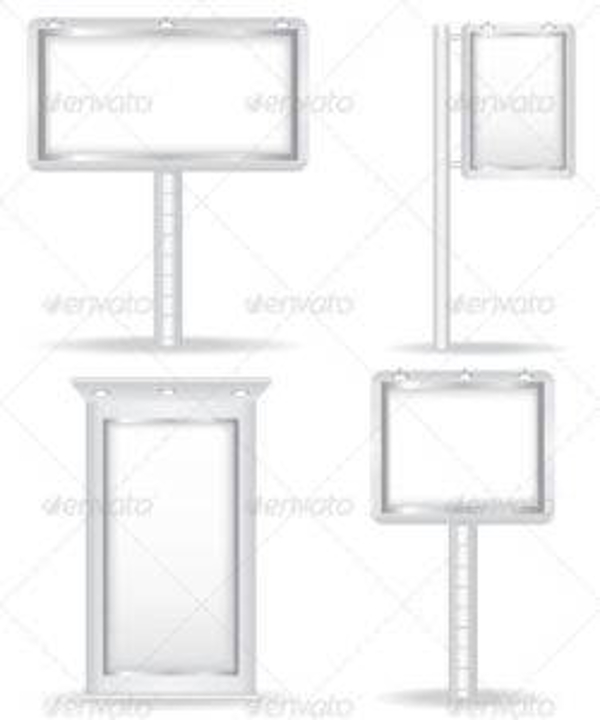
Customizable Billboard Vector Example
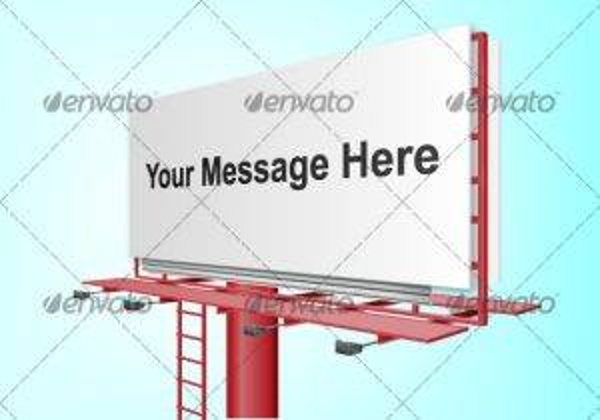
Banner and Billboard Clipart and Vector Example
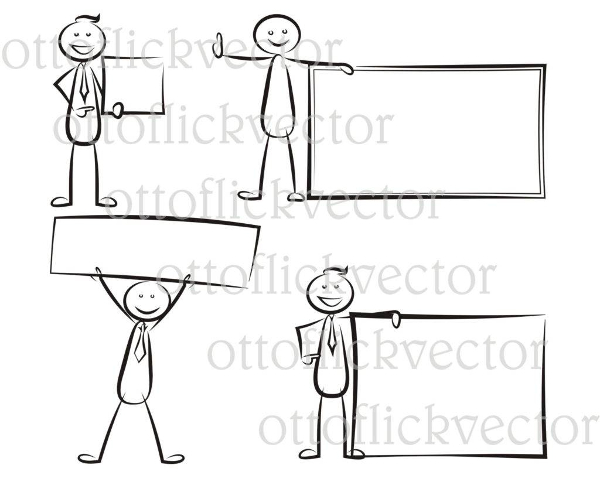
Christmas Billboard Vector Example
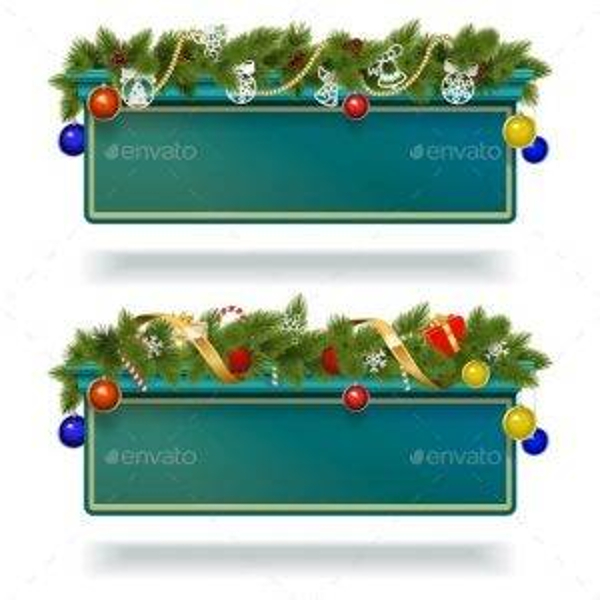
White Billboard Vector Example
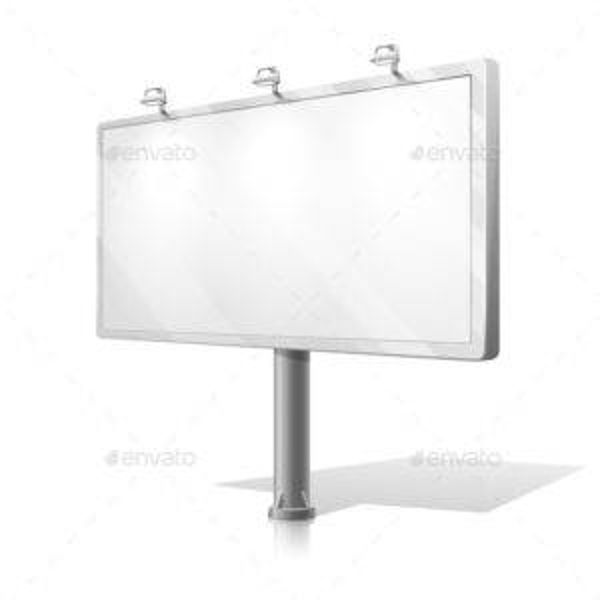
Hawaiian Billboard Vector with Kids Example
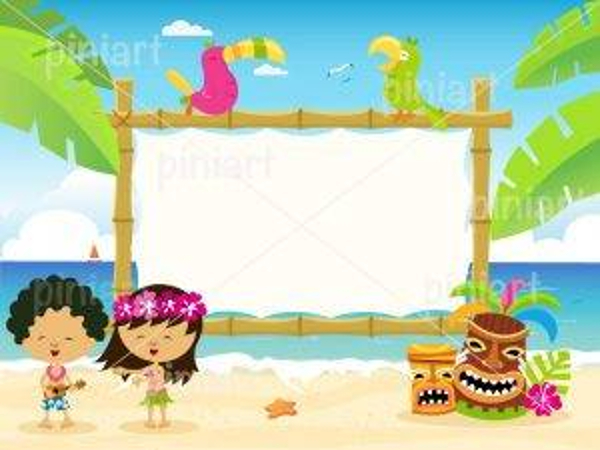
Blank Vector Billboard on Blue Background Example

Advantages of Using a Vector Image
On the above discussion, you might have noted several importance of vector image and its edge over raster image. To have a detailed discussion regarding the points presented above, below is a list of the advantages of vector image and why it is more preferred by designers.
1. Easy to Create
Using software programs such as Adobe Illustrator, Macromedia Freehand, and Corel Draw, you can easily create drawings that may seem to have complicated output. These programs are user-friendly and can give you the freedom to express your ideas and creativity through the tools in those programs. You can even experiment on the program and do whatever you desire just to express your thoughts and put them into paper, or in this case, on blank online sheet. If you have great ideas, you will surely get enjoyed with the tools that each program has to offer, and you might even discover shortcut for the commands. You may also check out examples of banner ads.
2. Easy to Edit and Re-edit
Because the components in a vector graphic can be individually manipulated, you do not have to repeat the entire design once you will edit your image. You can easily choose parts that you wanted to edit, and you can alter them easily and quickly. Thus, this is very much preferred by graphic artists and graphics designers who are working with many files as they can save time when they have corrections for the design or they will add some enhancements and attributes like color, outline, and fill. There is also lesser hassles when working with vector files as compared to raster files. You might be interested in food billboard designs & examples.
3. Scalable
The greatest advantage of a vector image is that it is scalable to whatever size but still retaining the good quality of the image. No matter how you scale it to meet your needs, whether you make it small for a letter hand and huge for a billboard, it does not lose its quality, the reason why they are commonly used for designs that are often resized such as logos. In this way, the design is not just limited for a specific purpose, but it can also be used for a wide range of projects. The only limitation is that if you scale the image too small, fine lines can no longer be recognized, and if you scale the image to make it larger, detailed mistakes will be visible. However, this limitation can also be an advantage since enlarging the file can help graphic designers spot their mistakes and edit them. You may also see vertical banner designs and examples.
4. No Distortion of the Image
Similar to the discussions above, for vector images, no matter how you enlarge or zoom in on the image, it will never be distorted unlike raster or bitmap images which become jagged and rough when enlarged. No parts of the image will look different no matter how you stretch it; the image remains crisp and sharp and does not get blurry or pixelated. This is the reason why this file is perfect for printing in large areas such as billboards as the design will remain as intact as ever, similar to the original design, without a single blur and without any distortion of the image. You may also like printable banner examples.
5. File Sizes Are Smaller
Vector files usually have smaller file size which everybody wants since smaller file size is easier to transfer and only a small amount of space is needed when you store them. Also, when used in the web, images with smaller file size are easier to load than those with larger file size. You can easily view them without waiting for a long time for the whole image to load. And as stated above, even if vector graphics come in small file sizes, they will not lose its quality, and no matter how you enlarge or reduce them, you can still have the quality of graphics similar to its original size. You may also check out pop-up banner designs & examples.
Vector Pirate Billboards Example
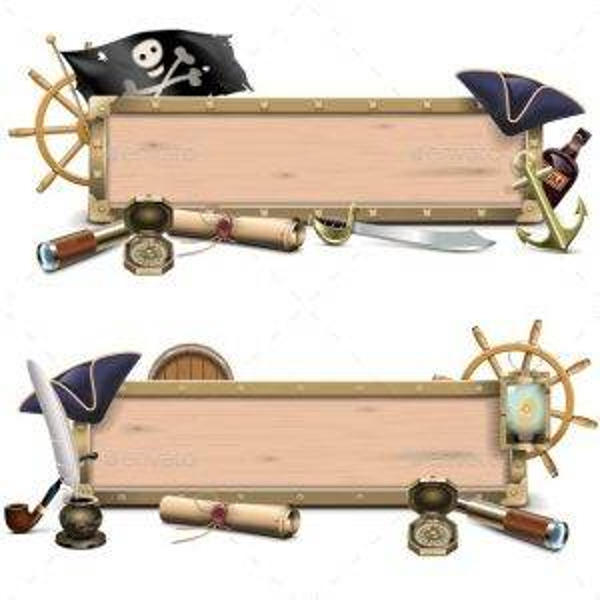
Vector Rusty Billboard with Car Parts Example
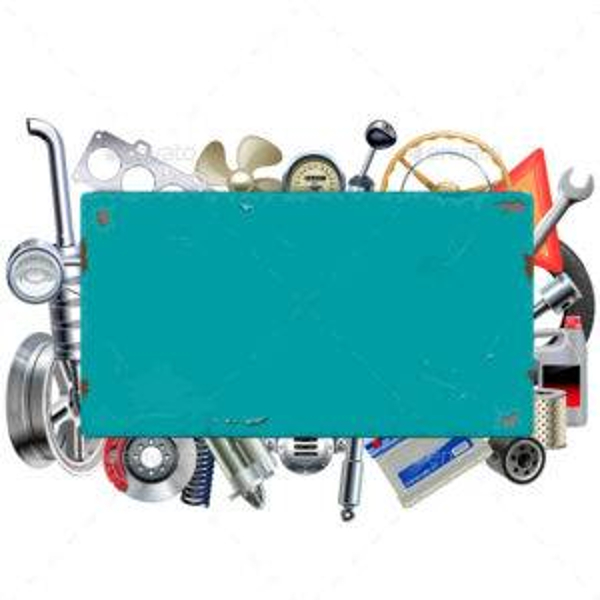
Editable Vector Outdoor Billboards with Vector Layers Example
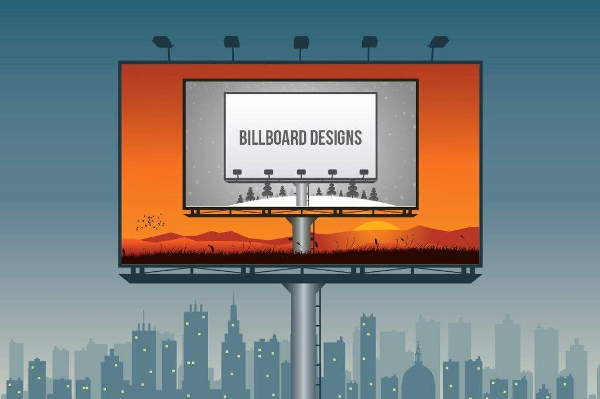
Simple Vector Vertical Billboard Example
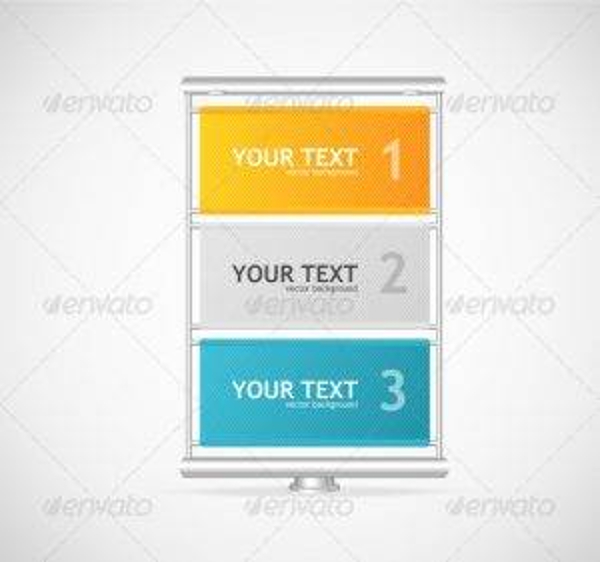
Vector Circus Billboard Example

Sign and Snow Vector Design Example

Vector Safari Billboards Example

Black Friday Light Frame, Vector Retro Billboard Example

Advantages of Using a Vector Image (continuation)
6. File Sizes Are Based on Complexity
In cases where raster images are being used, the file size is usually based on the color and color depth of the design. However, for vector files, that is not the case, no matter what color you have for your design, it does not affect the file size. Instead, the file size for vector images is based on how the difficulty of the image or on how complex the image is. This encompasses how intricate your lines are or how complicated the points are in your design. The more complicated and intricate your design, the heavier the file, without consideration to the color scheme of your design. You might be interested in tips for designing effective banner ads.
7. Ideal for Detailed Illustrations
Vectors use lines and curves to make up the whole image, and because of this, they are perfect in working on detailed images and illustrations as they will look sharp, a lot clearer, and easier to understand. When compared with high-resolution photographs, they are a lot more presentable and have higher resolution. Hence, they can be perfectly used for presentations, demonstrations, and technical manuals.
8. Ideal for Animations
Similarly, vector images are ideal for animations since they use lines that will look sharp and clear. This is perfect for caricatures as when you zoom in on the image, you can find the details of the image as well as any mistakes that the graphic designer has overlooked. Other than being clear and sharp, the audience viewing your design can easily interpret what they are looking. You may also like vertical billboard designs and examples.
9. Look Good in Print
If you decide to print your design, you need not to worry if it will be pixelated, for then again, no matter how you enlarge your image, the quality will just be the same. The image will still look clean and precise. The output in your printing would be sharper, too. The lines are also detailed especially for line art designs. Hence, when you decide to print for your billboards, better use vector files to have the best quality of print you can present to the public. Your billboard will look amazingly stunning with the sharp and clean lines in your image or graphics. You may also check out company banner examples.
10. More Aesthetically Presentable
Sometimes, when you are using raster files, you may see that the image is presentable, but this is only for a certain range of sizes. Beyond that, you can no longer see definite lines as the pixels will come into focus. But through vector graphics, an image will be much more presentable because the details will still be clear despite its size. It still looks great no matter how large or small you use them, unlike in a bitmap image or raster image where you would not be able to decipher the contents of the image when you make it too small or too big. You might be interested in event banner examples.
To Sum Up…
The difference between vector and raster images can be noticed when you zoom in on the image. For raster file, once you enlarge an image, you can see pixels comprising the points, lines, and curves of an image and the image becomes blurry and jagged with rough edges. On the other hand, no matter how you zoom in on a vector file or enlarge the file, the lines and curves comprising the image will remain smooth and clear. You can see no jagged edges and the image is still as crisp as its original size. You may also see retro billboard designs and examples.
If you wanted to create your vector file, you must also take note of its advantages which are as follows: it is easy to create, edit, and re-edit, it is scalable and you can see no distortion even when enlarged, its file sizes are smaller and are based on the complexity of the image and not on the color, it is ideal for detailed illustration and animation, looks good in print, and more aesthetically presentable.You may also like examples of banner design.
Now that you already know the basics regarding vector files, you can now create your own file especially in projects like billboards. Then again, you can always check for the examples of vector billboards that are presented above.


